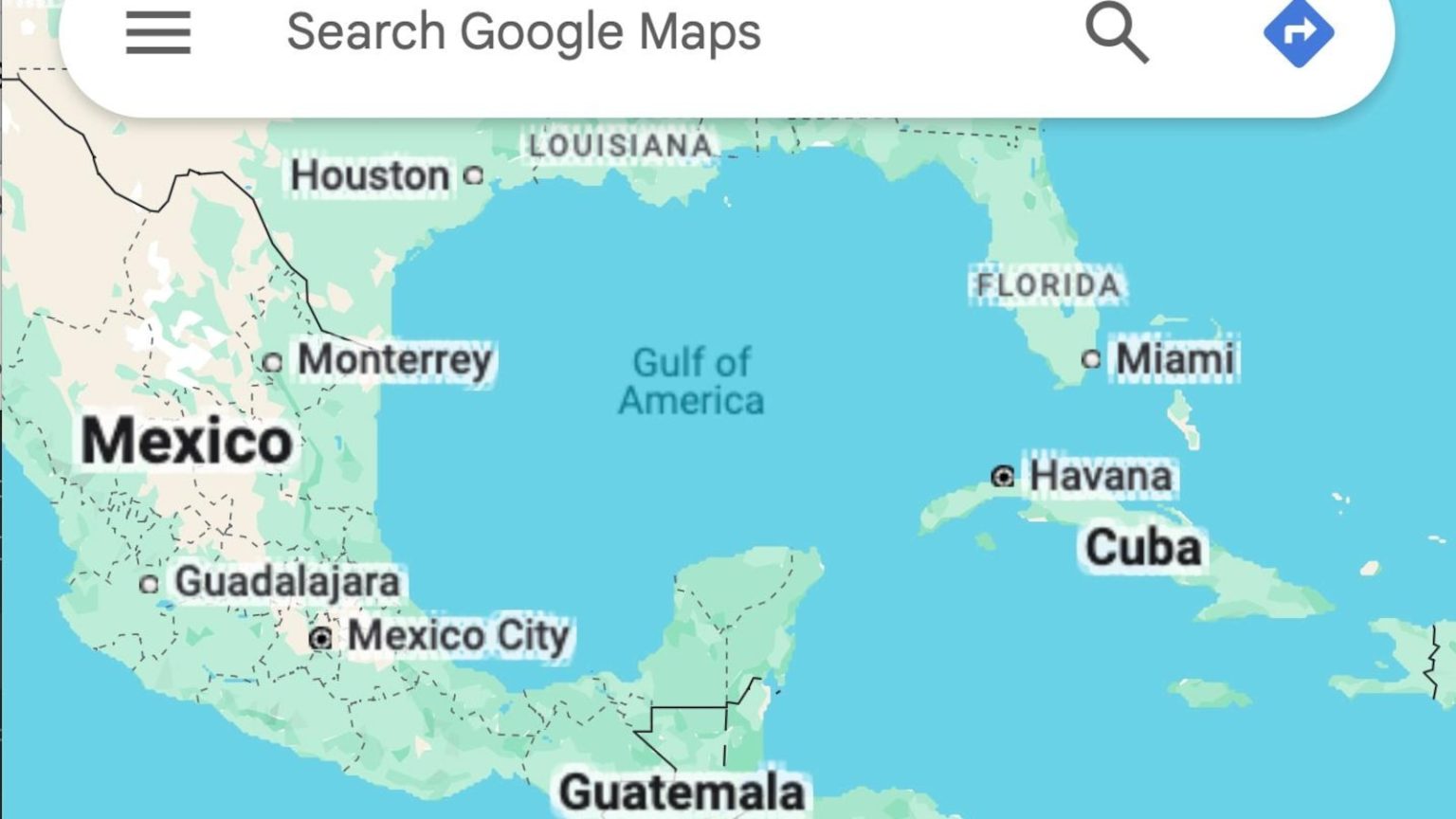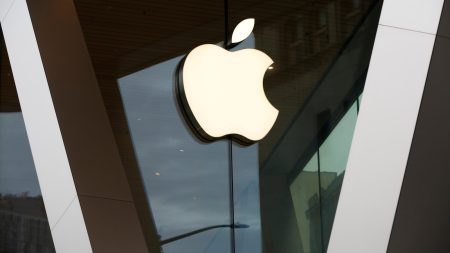The Renaming of the Gulf: A Global Perspective
A New Name for an Ancient Body of Water
In a move that has sparked both curiosity and controversy, the Gulf of Mexico, a body of water with a 400-year-old name, has officially been renamed to the Gulf of America on Apple Maps. This change came into effect after an executive order by former President Donald Trump was formalized by the U.S. Geographic Names Information System (GNIS). The decision has been met with mixed reactions, as it not only alters a well-established geographic identifier but also raises questions about the implications of such a change on cultural, historical, and political levels.
The Role of Tech Giants in Cartographic Changes
Apple is not the only major player to adopt this change. Google had already announced its intention to update the name once the GNIS officially approved it. In a blog post, Google revealed that users in the United States would now see the water referred to as the Gulf of America, while those in Mexico would still see the original name, Gulf of Mexico. For the rest of the world, Google Maps will display both names side by side, reflecting the dual identity of the region. Microsoft, too, has followed suit, updating its Bing Maps to reflect the new name.
A Decision Rooted in Nationalism and Identity
The renaming of the Gulf of Mexico to the Gulf of America is widely seen as a move rooted in nationalism and a desire to reinforce a sense of American identity. President Trump had ordered the change shortly after taking office, citing the need to emphasize the U.S.’s connection to the region. The Gulf is bordered by the Southern United States, Mexico, and Cuba, making it a shared geographic feature with significant cultural and economic importance to all three countries. The decision to rename it, however, has been interpreted by some as an assertion of U.S. influence over the area.
International Reactions and Cultural Implications
The reaction to the name change has been varied across the globe. In Mexico, where the Gulf of Mexico has historically been an important part of the nation’s identity, the change has been met with resistance. Many Mexicans see the renaming as an erasure of their cultural ties to the region and a disregard for the shared history of the Gulf. Cuba, on the other hand, has remained relatively silent on the matter, likely due to its already complex relationship with the U.S.
The Media’s Response to the Controversy
While tech companies have begun to implement the name change, not all organizations are following suit. The Associated Press (AP), a globally recognized news agency, has announced that it will continue to refer to the body of water as the Gulf of Mexico, the name it has used for centuries. The AP has stated that while it acknowledges the new name, it will maintain the original designation out of respect for the historical and cultural significance it holds. This decision reflects the broader debate over whether such changes should be embraced or resisted.
The Larger Conversation About Geographic Naming
The renaming of the Gulf of Mexico to the Gulf of America has sparked a larger conversation about the power of names and how they shape our perceptions of the world. Geographic names are often deeply intertwined with identity, history, and politics, and changes to these names can have far-reaching implications. While some argue that the change is a harmless update to reflect modern sensibilities, others see it as an overreach that disregards the perspectives of other nations and cultures. As the world becomes increasingly interconnected, decisions like these remind us of the delicate balance between national pride and global unity.
In conclusion, the renaming of the Gulf of Mexico to the Gulf of America is more than just a cartographic update—it is a reflection of the complex interplay between culture, politics, and identity. As the world continues to evolve, it will be important to consider how such changes impact not just the maps we use but also the stories we tell about ourselves and our shared history.















